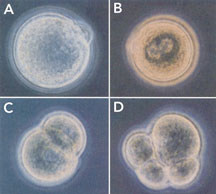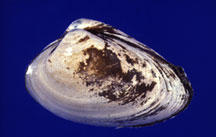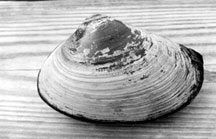 |

For further MBL News and Media Information, contact the MBL Communications Office at (508) 289-7423 or e-mail us at
.
January 13, 2005
Clam Embryo Study Shows Pollutant Mixture Adversely Affects Nerve Cell Development
WOODS HOLE, MA - A scientist at the Marine Biological Laboratory (MBL) has published the results of an EPA-funded clam embryo study that supports her hypothesis that, when combined, the pollutants bromoform, chloroform, and tetrachloroethylene—a chemical cocktail known as BCE—can act synergistically to alter a key regulator in nerve cell development. While scientists have previously studied the effects of these pollutants individually, this is the first time anyone has demonstrated that BCE's components can work together to adversely affect neuron growth in a model organism...
more >>>
Additional Resources:
Read the full text of this paper. Note: If you are unable to access the paper via this link, please call 508-289-7423 to obtain a hard copy.
Visit the Reinisch Lab Home Page.
Read the report of the Agency for Toxic Substances and Disease Registry (ATSDR).
Browse additional information on ADHD and autism spectrum disorder.
Photographs: Please click on thumbnails for high-resolution images.
 |
|
Initial fertilization events of the Spisula embryo:
A: Polar body (50 min)
B: Pronuclei formation (72 min)
C: First cleavage (112 min)
D: Second cleavage (173 min)
--Fig. 1 from Smith et al. (1999). Toxicological Sciences 50: 54-63, by permission of Oxford University Press. |
|
|
|
 |
|
Surf Clam (Spisula solidissima) |
|
|
|
 |
|
Surf Clam (Spisula solidissima) |
|